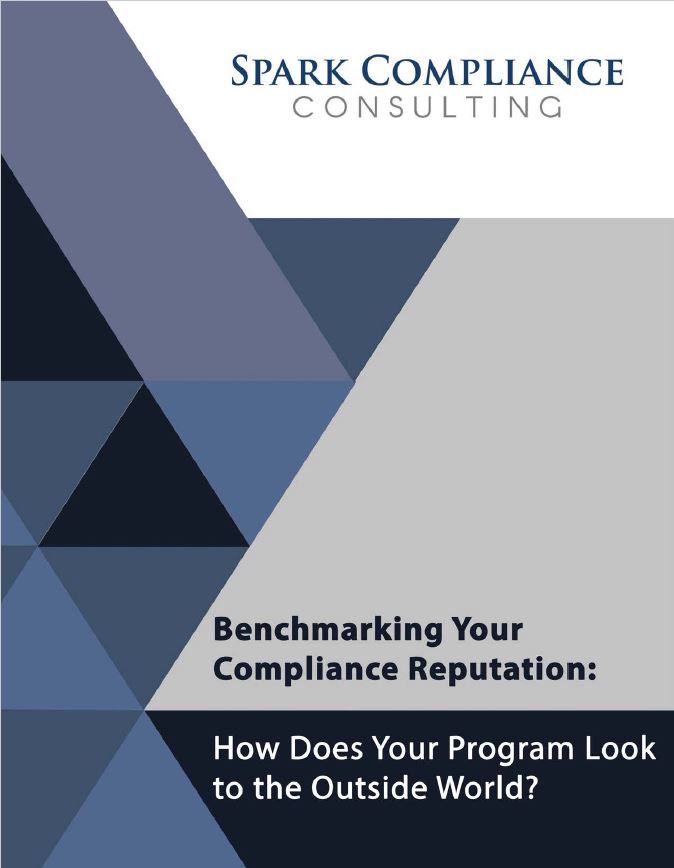Metrics that Matter: Part 2 - Policies and Procedures
/Author Pearl Zhu defined metrics thus: “Performance metrics are numbers in context, results related to the strategic goals of the business.” I couldn’t agree more. Today we’re going to explore metrics relating to policies and procedures. This is part 2 of our series. If you haven’t read Part 1, I recommend you go back and start there, as it sets the stage regarding why certain metrics should be chosen.
Policies and Procedures
Very few things are as fundamental to a compliance program as policies and procedures. After all, how would people in far-flung places know what is expected of them if it isn’t written down? There are many considerations that go into making sure you have good policies, but that isn’t the focus of this post. This post relates to metrics that track the effectiveness of policies and procedures.
Not all examples will fit your program. Metrics, by their nature, need to be tailored so that they match the maturity of your program, the nature of your business, the size and geographical expanse of your business, etc.
So What?
The most important question when it comes to metrics is this: So what? Each metric needs context, so it tells a story. In addition, each metric needs to be tied to a goal or Key Performance Indicator (KPI), so you can tell if the trend is going in the right direction. Metrics without context are useless.
For instance, let’s say you choose to track the percentage of the employee population that accesses compliance-related policies and procedures on the intranet. So what? Well, a growth in people accessing policies and procedures may indicate that there is an interest in the policies, and an awareness that they exist. When trying to decide on your KPI for this metric, you may find that less than ½ of 1% of the employee population accessed the policies and procedures page of your company’s intranet last year. Therefore, you set your KPI at 5% annually. The metric has now been put into context, and a KPI has been assigned to it so that it is obvious whether the company is making progress toward the goal.
When you choose a metric, make sure you ask, “So what?” If you can’t answer why the metric matters, or what the goal is for that metric, choose something else.
Examples…
Read More










